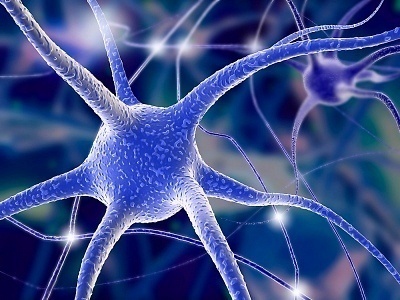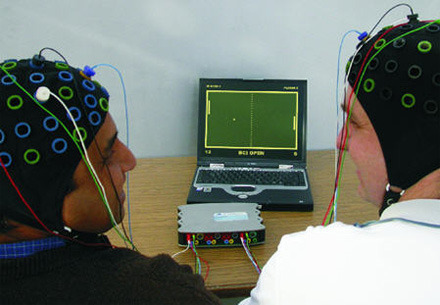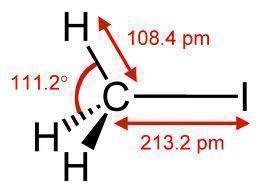The neuron is the cell responsible for the transfer of information and electrical impulses around the body. Neurons work by transferring electrical charges from neuron to neuron to get from one point to another. All data, therefore, is transferred in this electrical fashion which is why computer science has become such an important tool in the study of Neuroscience. To better understand how neurons work, first one must understand the different parts of a neuron.
The Parts of a Neuron
To begin with, because the neuron is a cell, it has a nucleus. This is the center of the neuron and is how the cell is managed. Without it, the cell would be dead. The nucleus, in theory, is the brain of the neuron–or any cell for that matter.
At one end of the neuron are the dendrites. A dendrite is the receiving portion of the neuron. It's an extension that appears on the edge of the neuron that comes close to touching other neurons. Information can then be transferred; however, this will be discussed below.
At the opposite end is something called the axon. The axon is the sending extension on the neuron. All information from the neuron leaves through the axon and the terminal buttons at the end of the arms.
In essence, all information comes into a neuron through the dendrite, flows through the neuron and then leaves to go to the next neuron through the axon. The arms on each side are necessary for the neuron to work properly.
How a Neuron Works
Neurons work by passing electrical signals. Starting with the axon, the neuron sends an electrical impulse of data through the arms. No two neurons actually touch; they just are very close to each other. The space between a neuron's axon and another neuron's dendrite is known as the synapse. When the neurons are passing information, the synapse is the portion that is "flinging" the data from one neuron to the other. This process is known as synaptic transmission.
Once the synaptic transmission occurs, the data enters through the dendrites. The electrical signal has now successfully transferred from the first neuron to the second one. The signal then moves to the axon and passes through the synapse to the next neuron's dendrite. In other words, a neuron works by being stations for the electrical signal. Or, it can be perceived as railroad tracks. The signal follows along this track.




caca
thank you this really helps